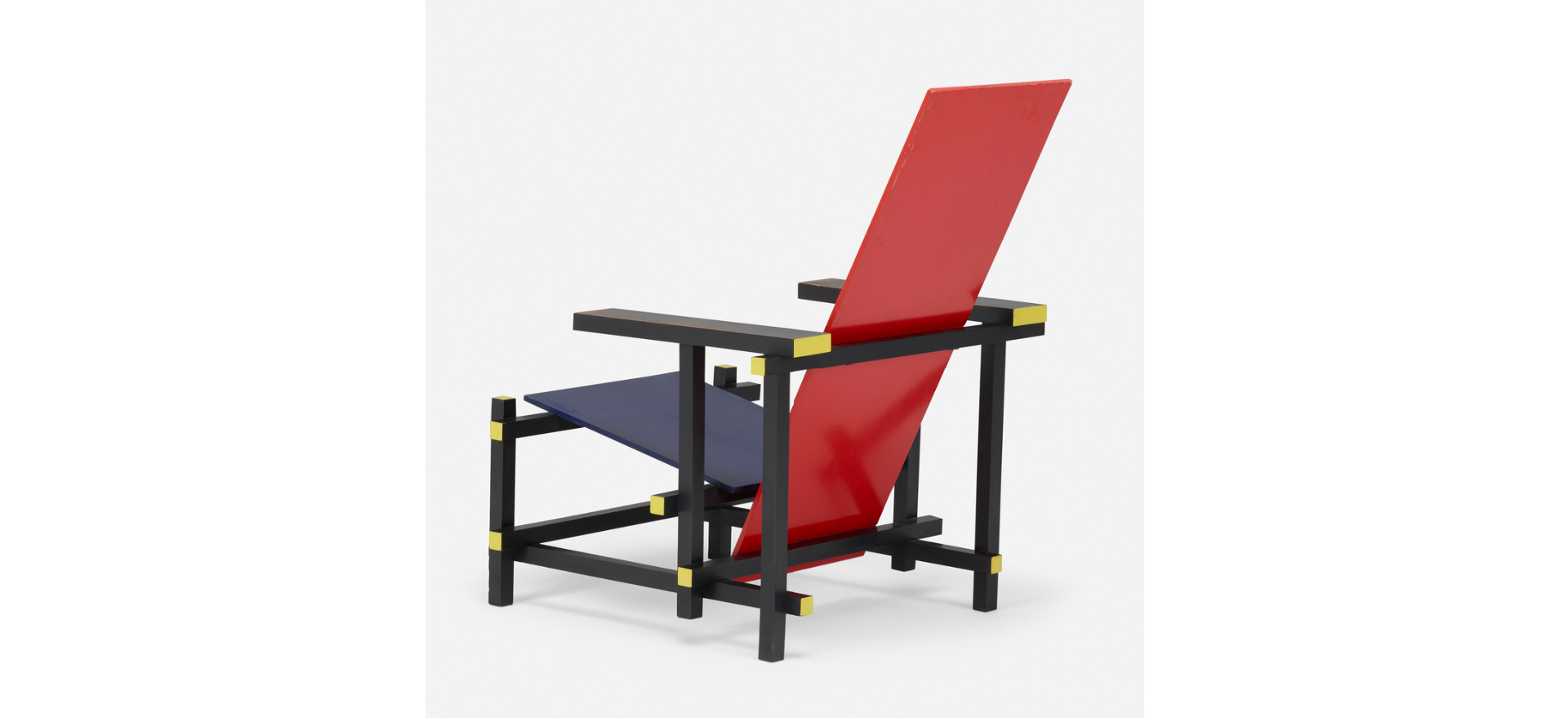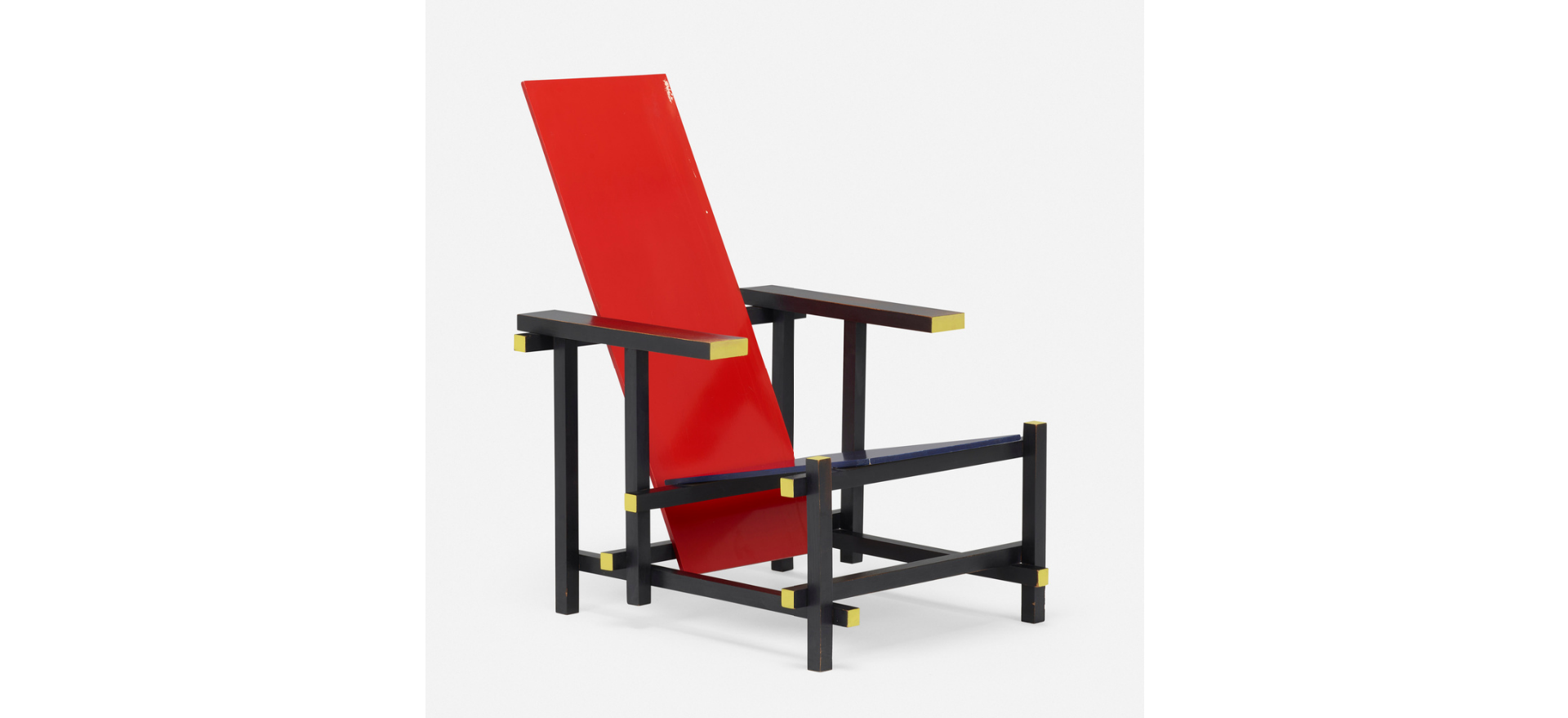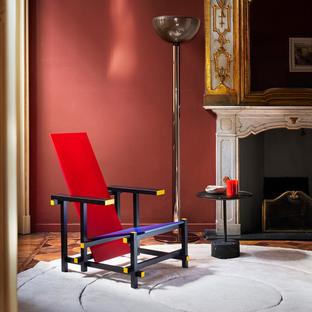LIVE DIFFERENTLY WITH
DESIGN
Red Blue Chair: a manifesto of form and color by Gerrit Rietveld
Gerrit Rietveld's Red and Blue Chair, an iconic piece born from the De Stijl movement, goes beyond mere furniture; it's a manifesto of form, color, and a vision for a harmonious human-made order.
In the Red and Blue Chair, Rietveld ventured into a realm where furniture design and architecture converged. Mirroring his architectural principles, Rietveld manipulated rectilinear volumes and explored the dynamic interplay of vertical and horizontal planes. The chair became a canvas for his avant-garde ideas, pushing the boundaries of conventional design.

.png?1713256761223)

.png?1713256828430)
Originally conceived in 1918, the chair's now-iconic color scheme - primary colors (red, yellow, blue) and black - emerged around 1923. This vibrant palette became synonymous with the Dutch De Stijl art and architecture movement. Rietveld's deliberate use of primary colors reflected not only aesthetic principles but also a symbolic language deeply rooted in the movement's quest for a utopian, harmonious order.
Anticipating a future where his furniture would be mass-produced rather than handcrafted, Rietveld aimed for simplicity in construction. The Red and Blue Chair, despite its avant-garde design, utilized standard lumber sizes readily available at the time. This vision aligned with the De Stijl movement's broader goal of making modern design accessible to the masses.
For Rietveld, the role of the furniture designer went beyond physical comfort; it extended to the well-being and comfort of the spirit. Collaborating with De Stijl luminary Piet Mondrian, Rietveld sought to create a utopia, a renewed Europe following the devastation of World War I. They believed that new forms, embodied in creations like the Red and Blue Chair, could contribute to this transformative rebuilding process.

More than a century after its inception, the Red and Blue Chair remains a symbol of radical design and a testament to the transformative power of artistic vision. Its influence reverberates through the corridors of modern design, inspiring architects, artists, and furniture designers to rethink the relationship between form, color and function.
The Red and Blue Chair has found its place in prestigious institutions, attesting its significance in the world of design. The Museum of Modern Art (MoMA) houses the chair in its permanent collection, a generous gift from Philip Johnson. Original examples are also displayed at the Brooklyn Museum in New York and in High Museum of Art in Atlanta.

